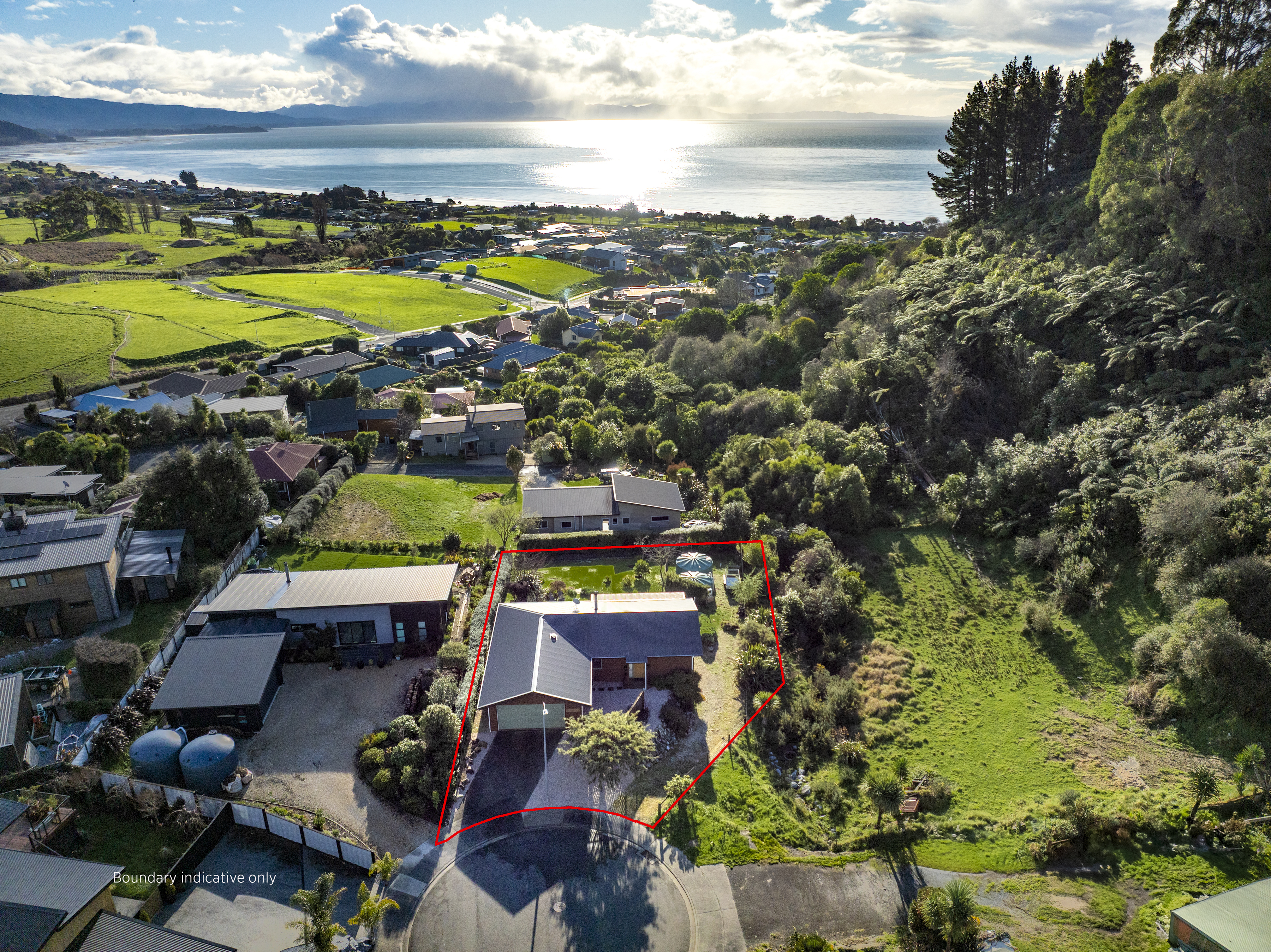The first stage of New Zealand’s largest wind farm - which ultimately will provide enough electricity to power the equivalent of over 100,000 homes - is expected to be up and running this summer.
Located near Palmerston North and being built for energy provider Mercury by global sustainable energy company Vestas, the Turitea Wind Farm’s 60 turbines will provide an average of 840 GWh of electricity a year.
The turbines will generate enough power for 118,000 average homes or the equivalent of running 375,000 electric vehicles (EVs) every year.
Mercury CMO Julia Jack says the company has been aware for many years of the need to generate electricity sustainably: “We already generate all of the electricity we supply from renewable sources like hydro and geothermal power so adding a wind farm to these was a no-brainer.
Start your property search
“We’re really excited about being able to provide electricity generated by the wind,” she says. “We know a lot of our customers are worried about what they might be doing to the planet and are starting to think more about how they can do their bit to reduce emissions.
New Zealanders should be really proud that, when they use electricity in their households, over 80 per cent comes from renewable sources; even better is using this electricity to power their transport – whether that’s an electric vehicle, an e-bike or electric public transport.”
Turitea has been in the works for 15 years and has been a very involved process to plan, gain consent and then prepare the sites for the turbines in the Tararua Ranges. “It will be worth it,” says Jack.
The Turitea site was selected because it’s ideal for wind generation: “Thanks to the geography of the area, the wind comes off the sea, across the plains then heads up the hills, building up pressure to where it will hit the turbines,” she says.
“We have been working with Vestas, one of the world’s leading wind farm development companies, and when they saw the wind data for the site they were really impressed because it was so good. The site is thought to be in the top five per cent of wind generation sites in the world for productivity.”
Jack says Mercury has looked closely at the implications the turbines – 125m from the ground to the tip of the top rotor – can have on the environment and has consulted with community groups.
Since consent was granted in 2011, technology has improved so that not only are the turbines quieter, they are now able to generate even more power.
At an estimated cost of $465m to get Turitea up and running, Mercury’s total spend could end up being closer to $1 billion over the next few years because there are plans to develop another site further east.
Puketoi, near Pahiatua, has been consented for a further 53 turbines, and the transmission lines being installed to allow the electricity to flow from Turitea can be extended to include Puketoi.
“The wind at the Puketoi site is even better, so the potential is wonderful,” says Jack. Together, the two wind farms could generate 1700 GWh per year – that’s around 80 per cent of Wellington’s annual electricity use.
Meanwhile, Mercury is also looking into technology that enables the storage of energy generated by natural sources like the wind and sun.
“With power stations that use fossil fuels, you can store the fuel and flick a switch when you need to generate more energy but, with sources like wind, you have to grab it whenever it flows,” says Jack.
“There’s a lot of research going into battery technology and how it can support sources of renewable generation and the stability of the electricity network. Mercury is thinking long-term not only about generating electricity from renewable sources like wind farms but how it can be best used.
“We’re lucky in New Zealand that we have the geography and the resources to harness this kind of power and we’re excited about being able to deliver it to customers.”
This content has been created in partnership with Mercury.













































































